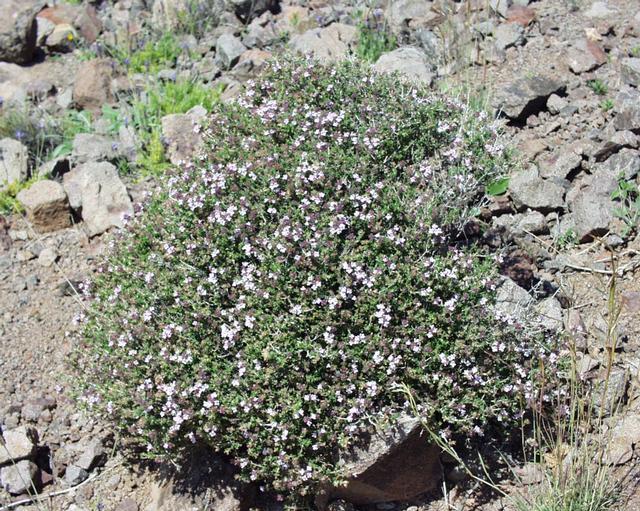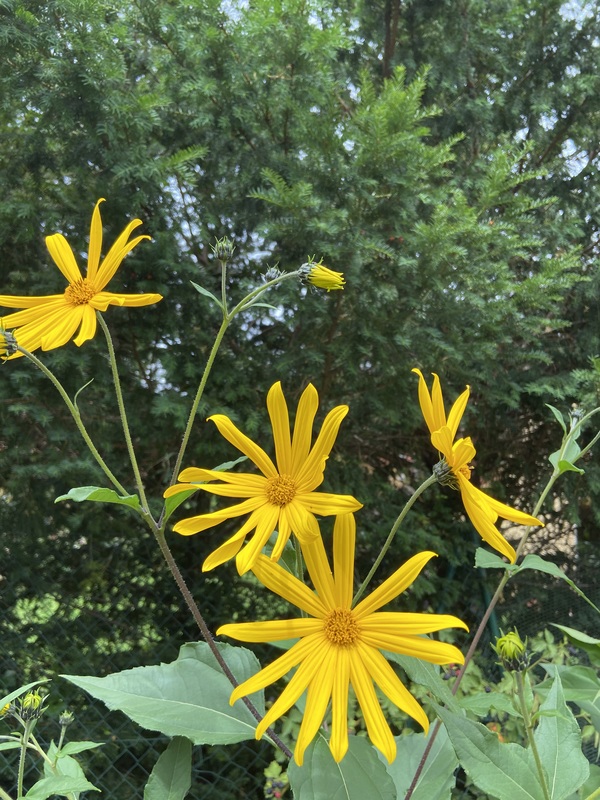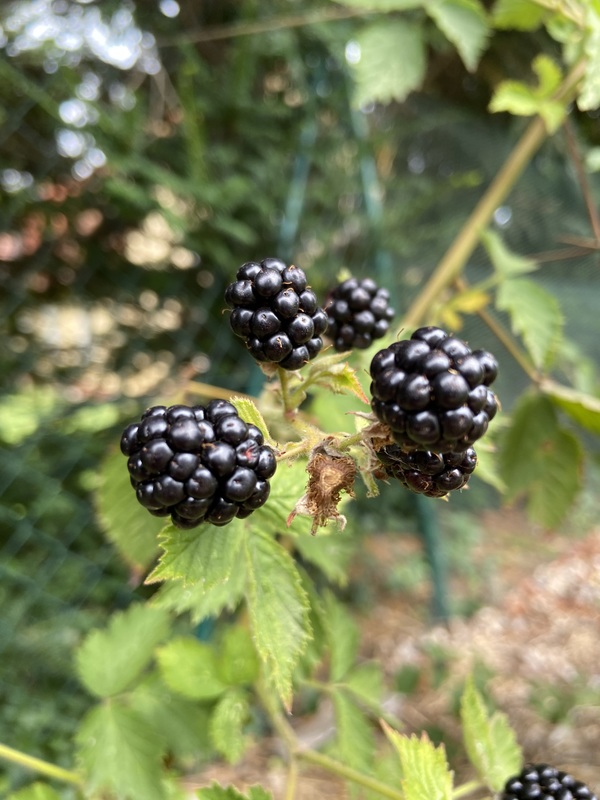Description
The Giant Sunflower, Helianthus giganteus, is native to the eastern United States. It is a tall, annual plant that can grow to heights of up to 12 feet. The plant has large, yellow flowers with brown centers and large, serrated leaves. It grows rapidly and can be differentiated from other sunflower species by its size and the size of its flowers.
Giant Sunflowers prefer full sunlight and well-drained soil. To cultivate them successfully, gardeners should plant the seeds directly in the ground after the last frost has passed. The plants are not winter hardy and will die back in the winter months.
The edible parts of the Giant Sunflower include the seeds, which can be roasted and eaten as a snack or used as a source of oil. The seeds can be stored in an airtight container in a cool, dry place.
In addition to being grown for their seeds, Giant Sunflowers can also be used as a source of pollen for bees and other pollinators. They can also be grown as a decorative plant in gardens. Some people also use the plants for medicinal purposes, although there is no scientific evidence to support these uses.



